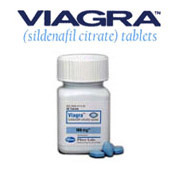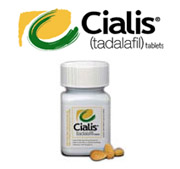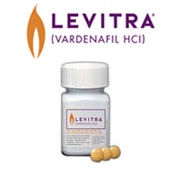Total cell counts were 1.87 ± 0.97, 3.37 ± 3.19, 4.55 ± 4.24, and 5.06 ± 4.07 X 106/mL for control subjects and patients with mild, moderate, and severe asthma, respectively (p = not significant).
Figure 1 shows representative slides and photomicrographs of smears obtained by each of the three different techniques of analysis of induced sputum studied. Figure 2 shows the percentages of eosinophils, neutrophils, lymphocytes and macrophages in the induced sputum processed by the three techniques. The percentages of eosinophils were higher in patients with moderate and severe asthma compared to nonasthmatic subjects, and these differences were observed with the three techniques studied. The percentages of neutrophils, lymphocytes, and macrophages were similar when the four groups of subjects were compared. In fact, the only significant differences observed were in the percentage of neutrophils between severe asthma and control in technique B, in the percentage of lymphocytes between mild asthma and control in technique A and in the percentage of macrophages between moderate and severe asthma and control in technique A. In addition, there was no significant difference in the percentages of neutrophils, lymphocytes, and macrophages when the three techniques were compared for both control and asthmatic patients. 
In order to study the correlation among the explored techniques, the Spearman rank correlation was applied to eosinophil and neutrophil counts, since they are more characteristic of airway inflammation in asthma. Eosinophil percentages in sputum studied by techniques A and C, and techniques B and C were closely correlated (r = 0.64 and r = 0.63, respectively; p < 0.01). There was also a positive correlation for eosinophil counts in the sputum between techniques A and B (r = 0.57, p < 0.01). The correlation of the percentages of neutrophils in the sputum was also significant when each technique was compared to the others (technique A vs technique B, r = 0.66; technique A vs technique C, r = 0.51; technique B vs technique C, r = 0.57; p < 0.01). Viagra NZ Pharmacy – www.viagra-online.co.nz.
Bland-Altman summaries are shown in Figure 3. The agreement between the different techniques is demonstrated by a plot of differences against mean values of cell percentages. In this plot, solid bars represents the mean difference and broken lines indicate ± 2 SD from the mean. The various measures were reproducible since the individual points on the Bland-Altman plots were randomly scattered around the overall average difference and most points fell within 2 SDs of the overall difference. A random scatter with several points outside the 2 SDs would indicate a weak agreement.
Tags: Health and Care, Viagra NZ




